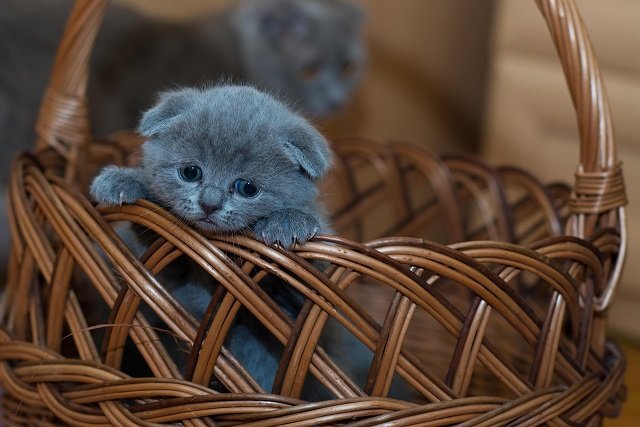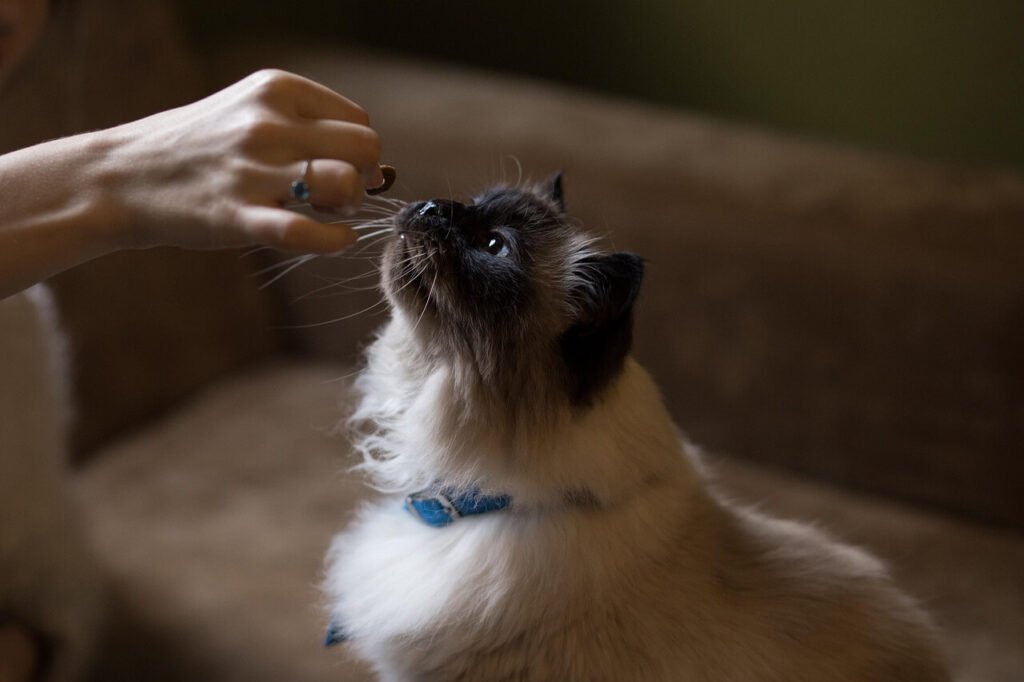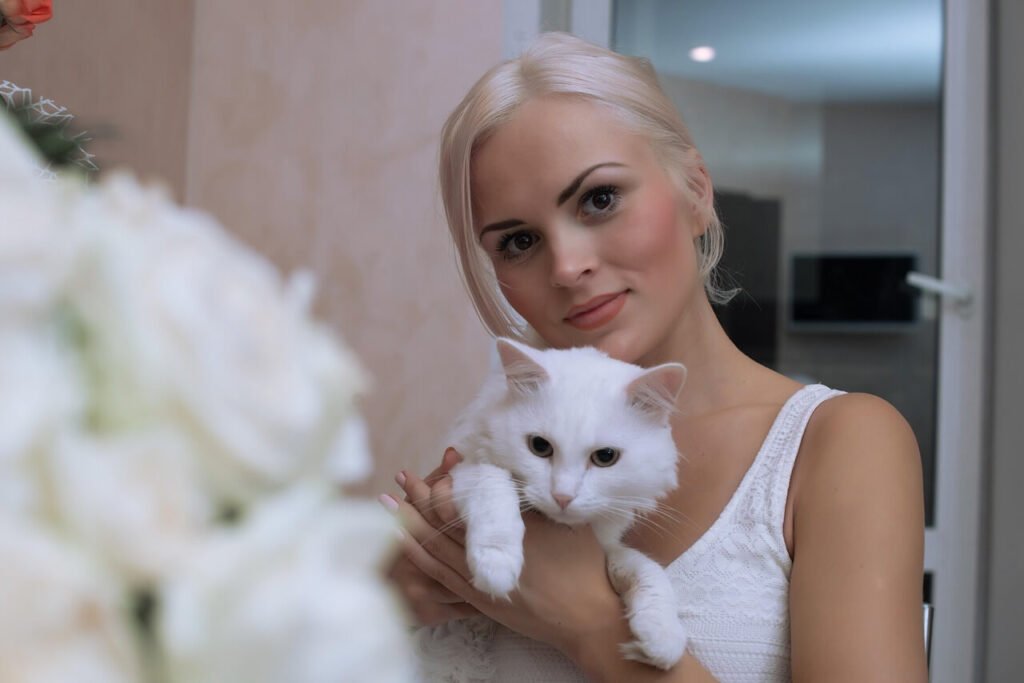Feeding Your Cat Right at Every Life Stage
Proper nutrition is the cornerstone of your cat’s health and longevity. Cats are obligate carnivores, meaning they require specific nutrients found only in animal-based proteins. Their dietary needs change significantly as they grow—from a tiny, milk-dependent kitten to a playful adult and, eventually, a graceful senior. This detailed guide will walk you through what to feed your cat at each stage of life, how much to feed, and what pitfalls to avoid along the way.
Understanding Feline Nutritional Needs
Cats require high levels of protein, moderate fat, and minimal carbohydrates. Essential nutrients include taurine, arachidonic acid, vitamin A, and niacin—found only in animal tissues. Unlike omnivores, cats cannot produce these on their own. Hydration is also key; many cats don’t drink enough water and benefit from wet food in their diet.

Feeding Newborn Kittens (0–4 Weeks)
Kittens in this stage rely solely on mother’s milk or kitten milk replacer (KMR) if orphaned. Feed every 2–3 hours, even overnight. Do not feed cow’s milk as it causes diarrhea. Gradually increase the amount of KMR to match the kitten’s weight and growth rate.
Transition Phase: 4–8 Weeks
Start weaning by introducing a gruel made of wet kitten food and KMR. Feed 4–5 times daily. This stage is critical for setting healthy eating habits. Ensure meals are warm, soft, and easy to lap or chew. Gradually reduce KMR as solid food consumption increases.
Feeding Young Kittens (8–16 Weeks)
By now, kittens should eat solid food 3–4 times daily. Choose kitten-specific food rich in protein and essential fatty acids. Expect higher caloric needs—around 250–280 kcal per day. Monitor weight weekly and adjust food accordingly. Water should always be available.
Juvenile Cats (4–12 Months)
Kittens at this stage are growing rapidly. Maintain a high-calorie kitten diet. Feed 2–3 times daily. Transition to adult food around 10–12 months, depending on the breed and vet recommendations. Keep playtime frequent to prevent obesity.
Adult Cats (1–6 Years)
Adult cats require a balanced diet tailored to their lifestyle. Indoor cats may need fewer calories than outdoor cats. Feed twice daily using a measured amount based on the food’s feeding chart and your cat’s weight. Monitor weight, energy levels, and coat condition.
Mature Adults (7–10 Years)
As cats age, metabolism slows. Consider switching to a mature or indoor cat formula. Look for food with added antioxidants and joint support. Watch for dental issues that may require softer foods or wet food integration. Regular vet checkups are critical during this phase.
Senior Cats (11+ Years)
Senior cats often experience reduced appetite, mobility issues, and chronic health conditions. Feed a senior-specific diet with joint and kidney support. Warm meals can enhance aroma and appeal. Feed smaller, more frequent meals (2–3 times/day) and monitor for signs of malnutrition or excessive weight loss.
Special Dietary Needs
Some cats may need prescription diets for diabetes, kidney disease, allergies, or urinary tract issues. Always consult a veterinarian before making major diet changes. Special diets can extend a cat’s life and improve quality of life significantly.
Wet vs. Dry Food
Wet food provides hydration and is often preferred by picky eaters. Dry food is convenient and good for dental health. Many vets recommend a mixed diet. Avoid free-feeding dry food to prevent obesity. Refrigerate unused wet food and serve at room temperature when possible.
Homemade and Raw Diets
Homemade meals must be nutritionally complete—consult a veterinary nutritionist. Raw diets are controversial due to bacterial risks and nutritional imbalances. If feeding raw, ensure high safety standards and routine vet monitoring. Commercially prepared raw diets are safer than DIY options.
Feeding Tools and Strategies
Use puzzle feeders, slow-feed bowls, and timed dispensers to mimic hunting behavior and reduce boredom. Multiple feeding stations help in multi-cat homes. Always feed in a calm area away from the litter box. Monitor appetite, and contact your vet if your cat stops eating for more than 24 hours.
Common Feeding Mistakes to Avoid
• Feeding dog food or table scraps
• Overfeeding treats
• Changing food abruptly
• Ignoring portion control
• Free-feeding without monitoring
• Using cheap, low-nutrient foods
Avoiding these errors helps maintain ideal body condition and long-term health.
Supplements: When and Why
Cats on a balanced commercial diet rarely need supplements. However, older cats or those with specific conditions may benefit from omega-3s, joint support, or probiotics. Always consult your vet before introducing supplements to avoid overdoses or interactions.
How to Switch Cat Foods Safely
Transition new foods slowly over 7–10 days by mixing increasing amounts with the old food. Sudden changes can lead to vomiting, diarrhea, and food rejection. Observe stool consistency and appetite during the transition period.

